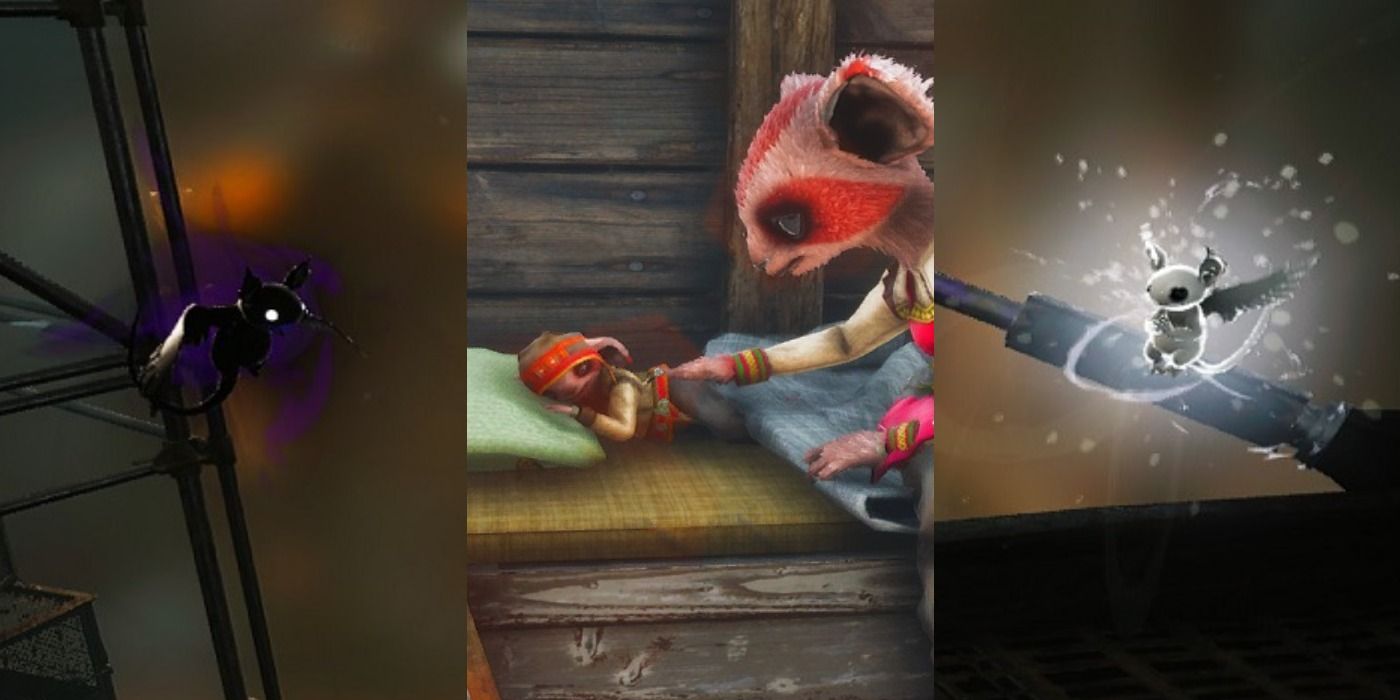
Karma system in video games is an interesting way of making the experience much more immersive. This game mechanic uses the player's actions and choices to shape the world and story of the overall game. This system has been implemented by many games throughout the years, and the release of Biomutant added one more game to that line-up.
RELATED: 10 Open-World RPGs With The Best Questing
The Aura system is Biomutant's way of implementing Karma. In this game, the Karma system, or the "Aura" is represented as Light or Dark. As the player progresses through the game, their aura is determined according to their dialogue choices and various choices during gameplay and conversations. This mechanic is a heavy and central system in Biomutant and players ought to know everything about it before diving into the game.
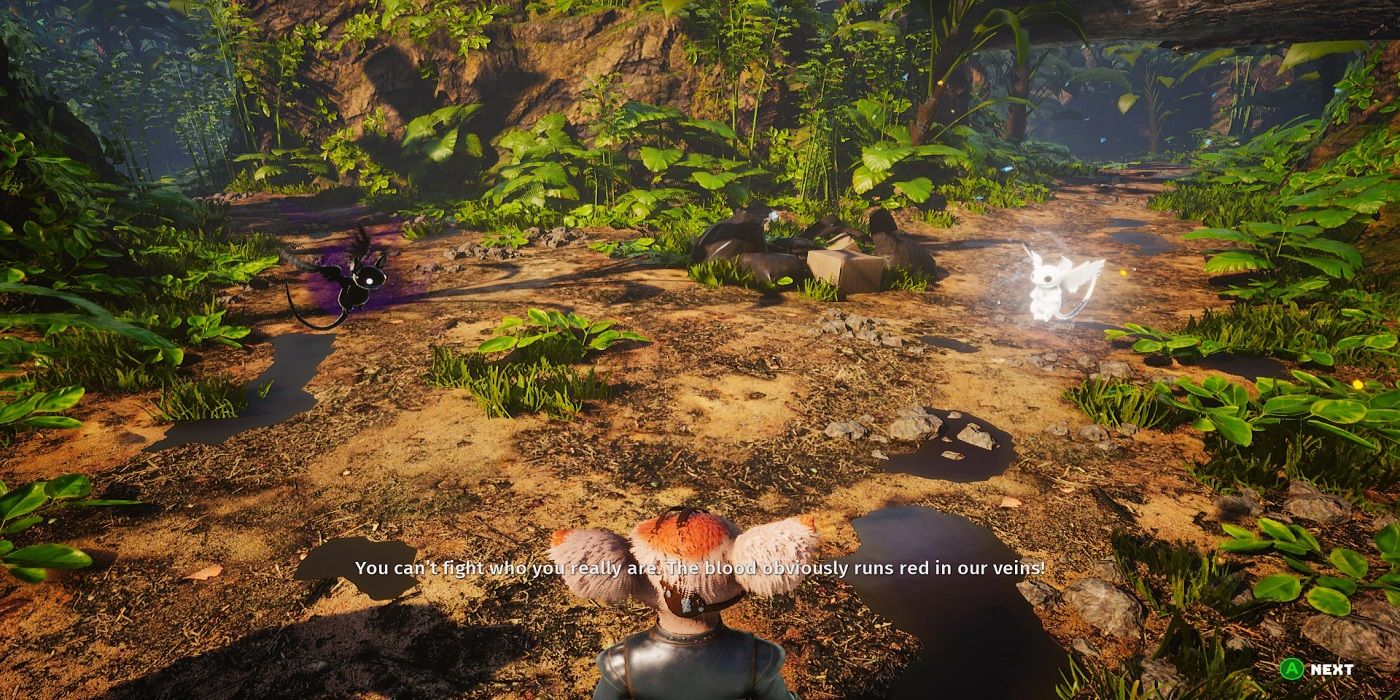
Players encounter the Aura system in Biomutant early in the game. As soon as they reach a certain crossroad, the player is immediately given the chance to choose between the dark path and the light path. It should be noted that this particular choice alone won't shape the player's aura. It simply marks the beginning of the system.
As the player goes through the game, they'll face more options and choices that will alter their Aura. When it comes to these choices, it will be apparent which is the dark option and which is the light option. The player should make sure to watch out for these choices.
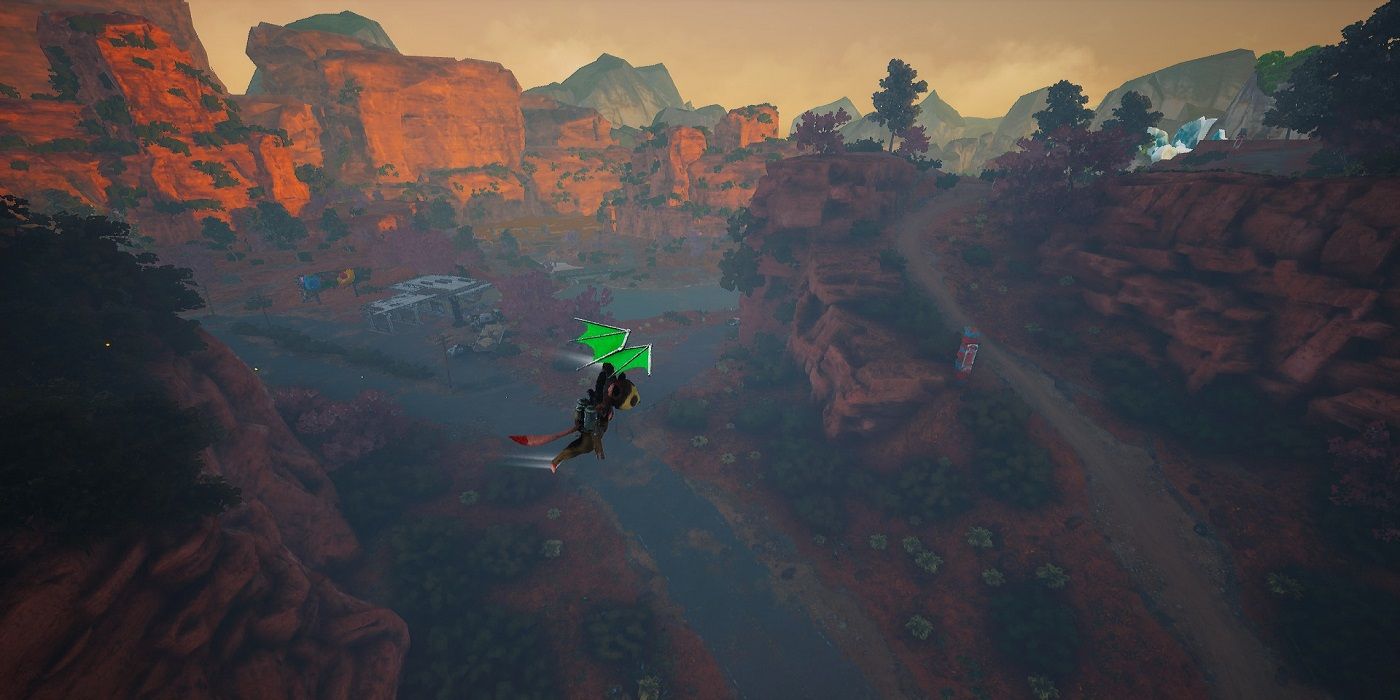
Biomutant's Aura system has consequences that will affect how other characters interact with the player. Most of the time, it will slightly alter dialogue interactions.
At one point, Out-of-Date will tell the player about the Ark. He will then ask the player to bring in four characters of their choosing to bring to the Ark along with them. The player's Aura can come into play as to how certain characters will react to the player's invitation. Certain characters will decline the invitation if the player's aura is on the dark side.
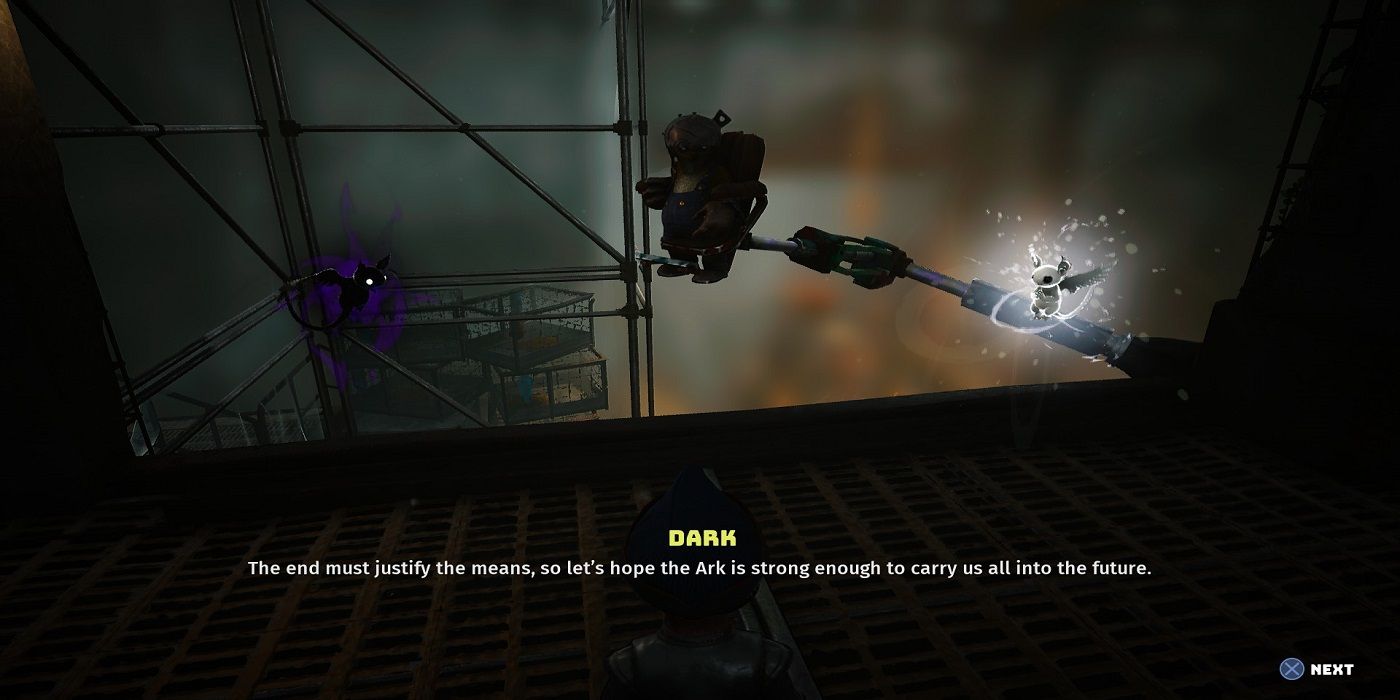
The player will face various opportunities in the game to alter their aura. However, it's quite a basic mechanic. Whenever the player decides on something that's immoral, it will add points to the dark aura. When the player does anything otherwise, points will be added to the light aura.
RELATED: 15 Best Combat Systems In Open World RPGs, Ranked
Here are common ways for the players to change their aura:
- Choosing between dialogue options
- How the player responds to finishing quests
- The player's decision on whether to unite or enslave rival tribes
- Helping a stranger for the sake of goodness or self-indulgence
The player can then head to the Aura menu to see how many points each Aura side has after each interaction.
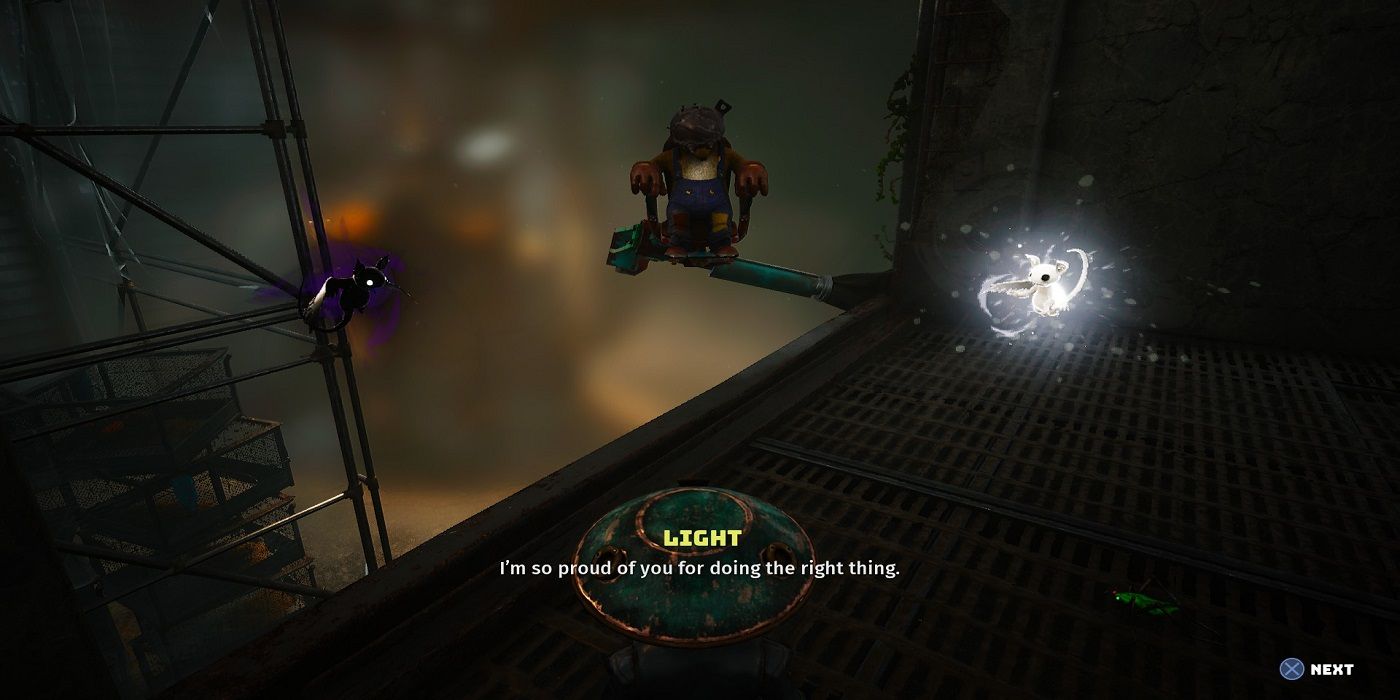
The more the player adds points into a certain Aura side, the brighter or darker the player's aura becomes. The intensity of the player's aura can be defined by their aura scores, which can be read in the Aura menu.
Once the player leans more towards one side or the other, their Aura score will gradually change. It will move to Somewhat Light/Dark and finally to Maximum Light/Dark.
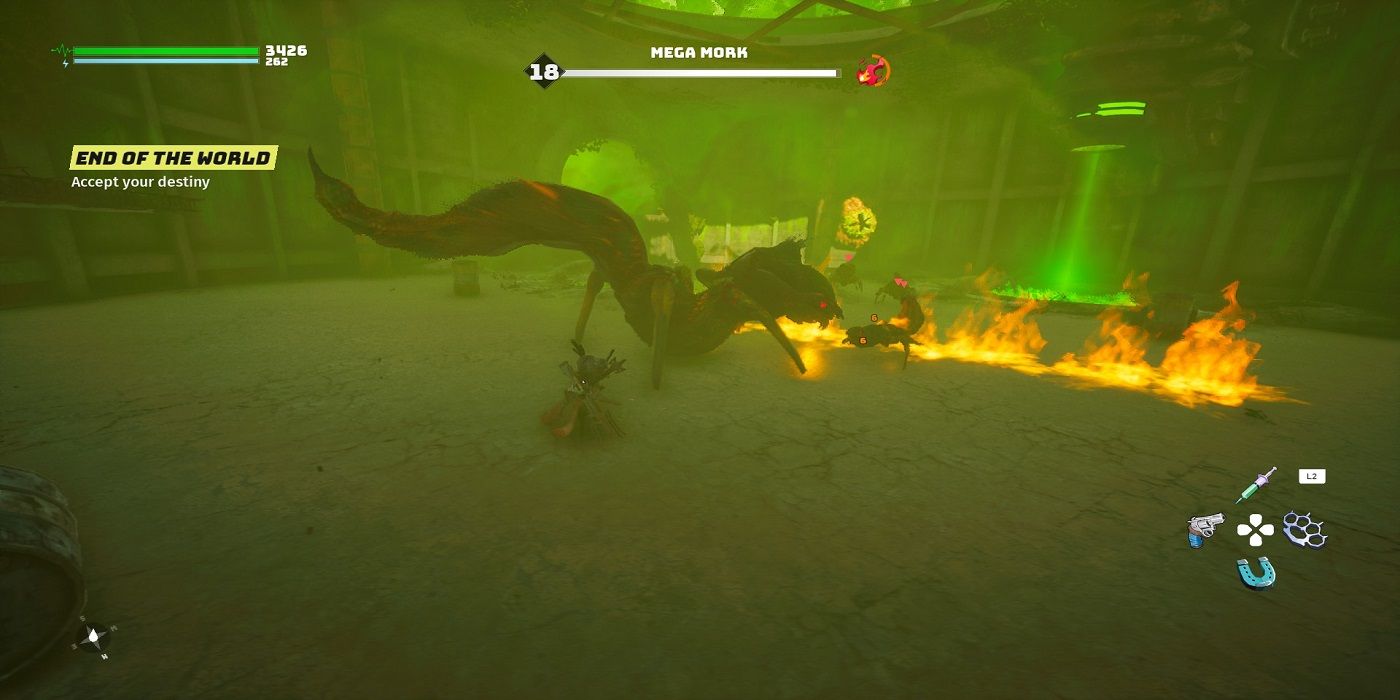
One of the clearer benefits of the Aura is the Psi powers that become available once the player reaches a certain Aura score. Here are the abilities that tied to Aura and the points required to make them available:
- Sizzle Ball - 10 Dark Aura
- Freeze - 10 Light Aura
- Telekinesis - 20 Dark Aura
- Levitate - 20 Light Aura
- Skyspark - 30 Dark Aura
- Ki Spark - 30 Light Aura
The good thing about Biomutant's Aura system is that the relationship between both sides is not inversely proportional. One will not decrease as the other one increases. This means the player can eventually gain all of these powers, so long as they keep making choices for both sides.
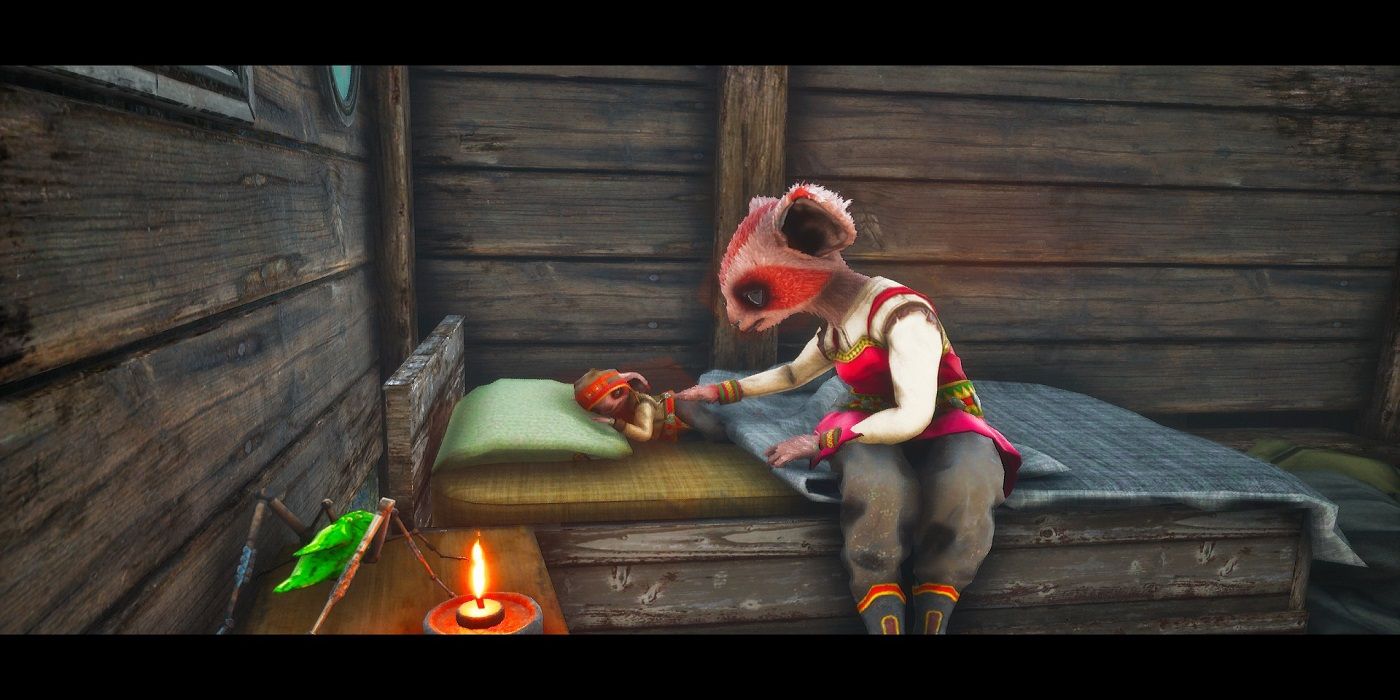
Certain moments in the game take place in the form of flashbacks. During these moments, the player gets to play as the younger version of the character. The Aura mechanic is still in play here, but it has nothing to do with the Aura score from the main game.
RELATED: 10 Best Released & Upcoming Games For The DualSense Controller
The "karma system" during these moments is called Child Aura. The only effect this has on the game is how characters remember the player as a child, which makes for interesting conversations. For example, if the player's Child Aura is light but their main Aura score is dark, characters will comment how bright the character was as a child, and how they've lost their light as an adult.
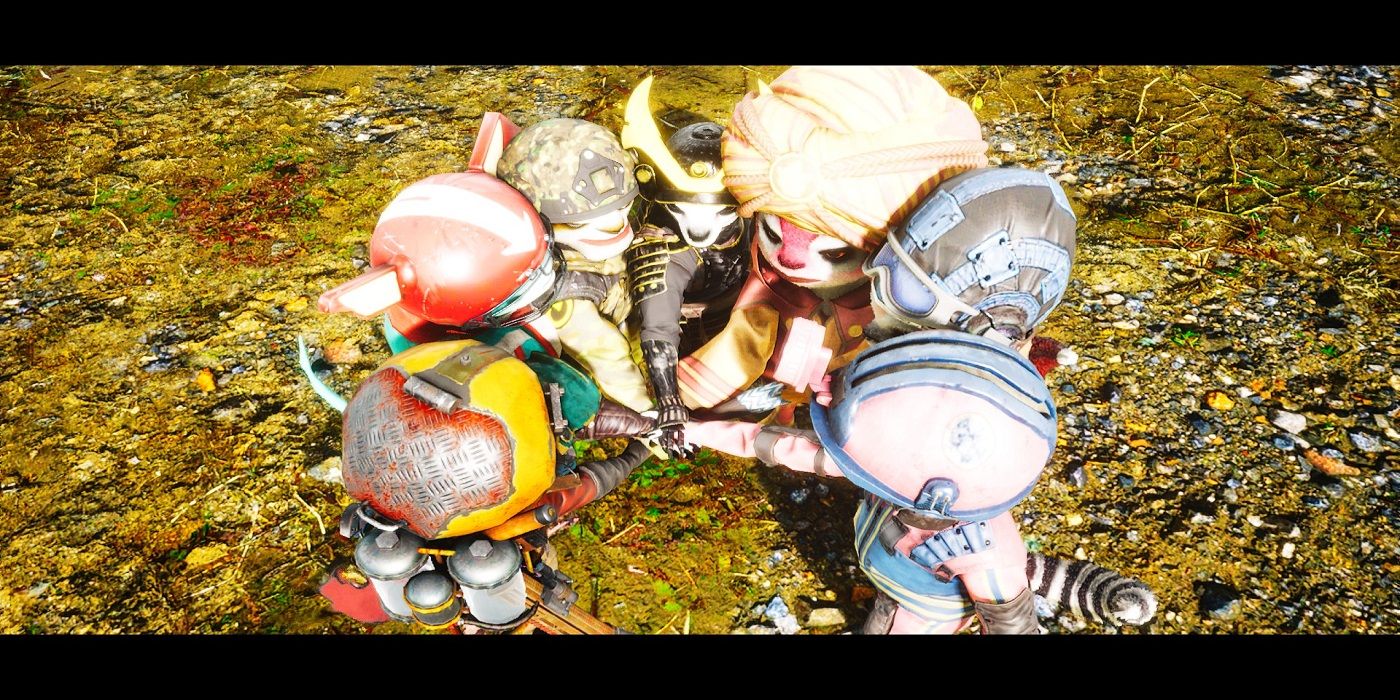
There are six different tribes in the game the player can join. Like the player character, these tribes also come with their own Aura affiliation. Three of these tribes have Light auras and seek the preservation of the Tree of Life, while the Dark three seek to destroy the world to pave way for new life. While tribes may have Aura inclinations, the player's Aura score will not affect nor hinder their efforts to join or rival against a tribe.
- Ankati: Light aura
- Netra: Somewhat Light aura
- Myriad: Maximum Light aura
- Jagni: Dark aura
- Pichu: Somewhat Dark aura
- Lotus: Maximum Dark aura
While tribes may have Aura inclinations, the player's Aura score will not affect nor hinder their efforts to join or rival against a tribe.
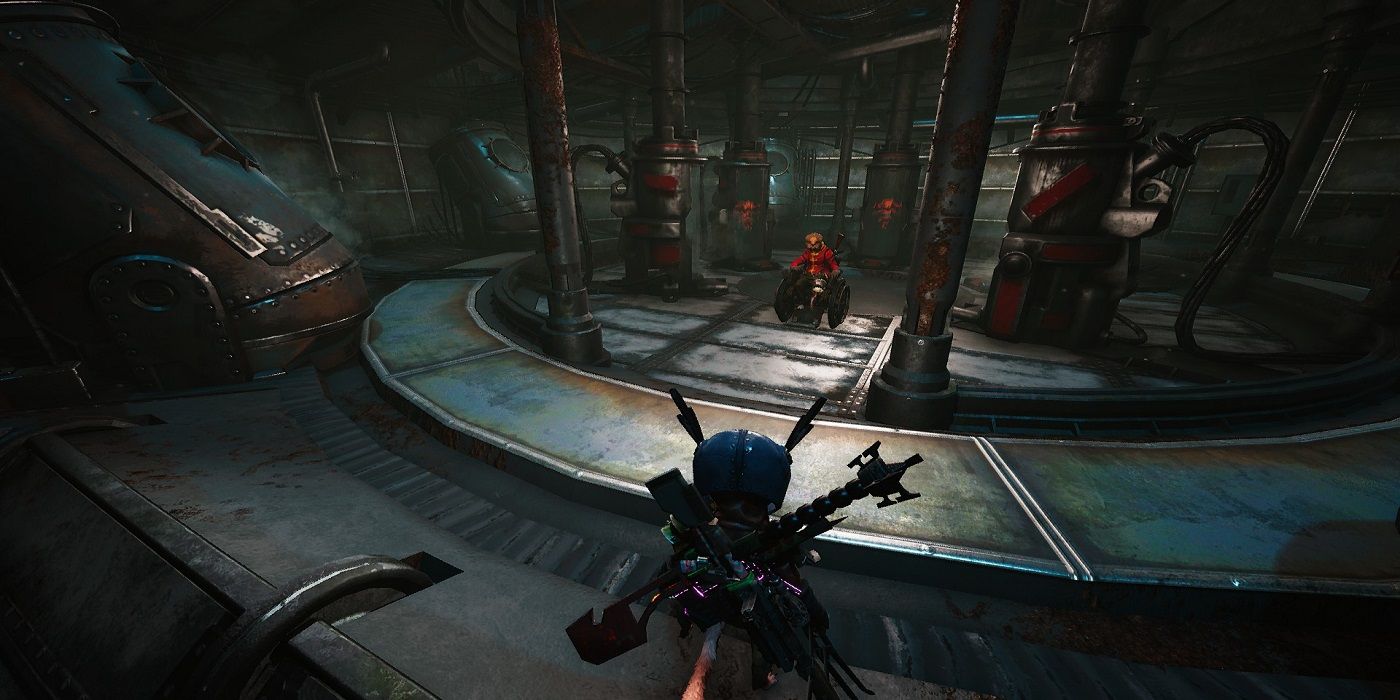
Biomutant has two different endings. Which one plays out is completely dependent on the player's Aura score. If the player has a Dark Aura by the end of the game, the "bad ending" will play. On the other hand, the "good ending" requires the player to have a Light Aura at the end of the game.
The main core of the Light Aura is the preservation of the Tree of Life, while the Dark Aura is more about destruction. The ending of the game speaks to either of these, depending on the player's Aura.

